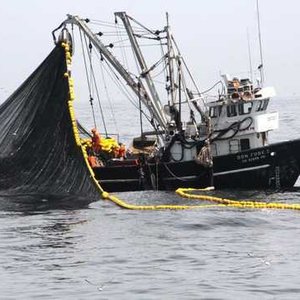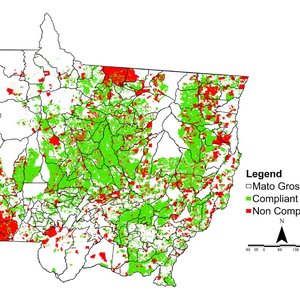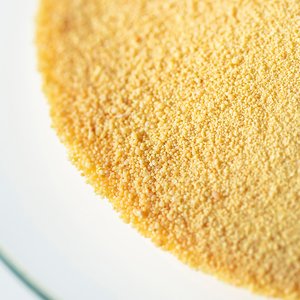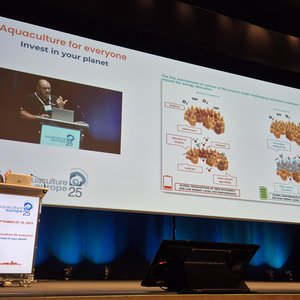Modern feed formulations are expected to be hygienic and to meet top safety standards. With its 'HYSYS', Buhler offers innovative hygienizing and compacting technology satisfying stringent needs in the feed manufacturing industry.
In the top unit of the stacked process sections, the particles are mixed with steam. The lower sections allow the feed to be retained at a constant and defined high temperature for an extended period of time.
In addition to optimal livestock management, feed quality also plays a significant part in the production of meat and other animal products. Feed producers are therefore launching evermore complex formulations which are enriched with vitamins, minerals, and active substances. But many foreign substances and undesirable additives in modern feed formulations are causing an increasing number of people to react more strongly to animal products. This is challenging feed manufacturers to meet new and demanding
requirements: Feed formulations must be blended with maximum precision to ensure top feed quality. The Buhler HYSYS system offers animal feed producers a comprehensive package which includes all the process operations and can be continuously adapted to the latest feed requirements as they arise. The Buhler system for hygienizing and compacting animal feeds has been applied at selected customer sites for a year and a half now, and the experiences gained there are already being incorporated in the process line.
The longer, the better
The new Buhler development is a processing line which gives feed formulations a compact pelleted form. But before this operation, the feed mix is freed from germs by steam treatment. Not even Salmonellae stand a chance of surviving this thermal process. The pelleting stage is preceded by up to three sections. The first ensures intimate mixing of the raw feed material with steam and liquids. In the subsequent retaining sections, the conditioned feed mix is maintained at a consistently high temperature.
This dwell or retention time -up to 240 seconds - and the temperature - up to 95 degrees Celsius - have a decisive impact on the quality of the pellets. The new modular Buhler development with its hourly throughput of up to 50 metric tons achieves ten to 15 percent higher throughputs than conventional systems. It was presented at this year's VICTAM trade show.
Customized solution
The Buhler hygienizing and compacting system comes in three modular
versions: The Standard version is used for conventional pelleting. Its distinguishing feature is its capability of ensuring intensive and homogeneous mixing of the steam and the feed. The Quality version is provided with an additional upstream element with a dwell time of 30 to 120 seconds. It allows higher liquid addition rates and enhances the pellet quality. It enables products otherwise not so easy to process to be compacted more easily. The Hygiene version allows the temperature and dwell time to be selected as required between 60 and 240 seconds to ensure efficient control of pathogenic germs. Following pelleting, and up to the cooler, hot air flows around the pellets to protect them reliably from recontamination. Buhler is the first provider of such a hygienizing technology to systematically implement the first-in - first-out principle. In other words, the feed mix is not exposed to any additional mixing in the HYTERM cylinders - the sections in which the feed undergoes thermal treatment. Each particle is therefore treated for exactly the same period of time. This ensures consistent quality in terms of abrasion, hardness, and hygiene of the pellets, in addition to a minimized contamination risk.
Safe feed thanks to hygienizing
At present, a clear trend toward hygienized feed can be identified: The hygiene regulations within the EU are being revised, and the numerous feed-related scandals revealed at regular intervals are paving the way for this innovative Buhler development. Systems of this type have already been sold in Europe, the USA, Brazil, and Japan. Economy, fast implementation, and user-friendliness are standards that Buhler always observes in connection with all the plants and systems it supplies.













